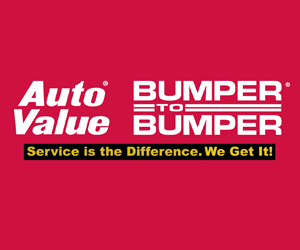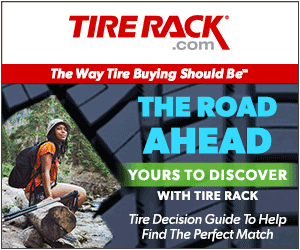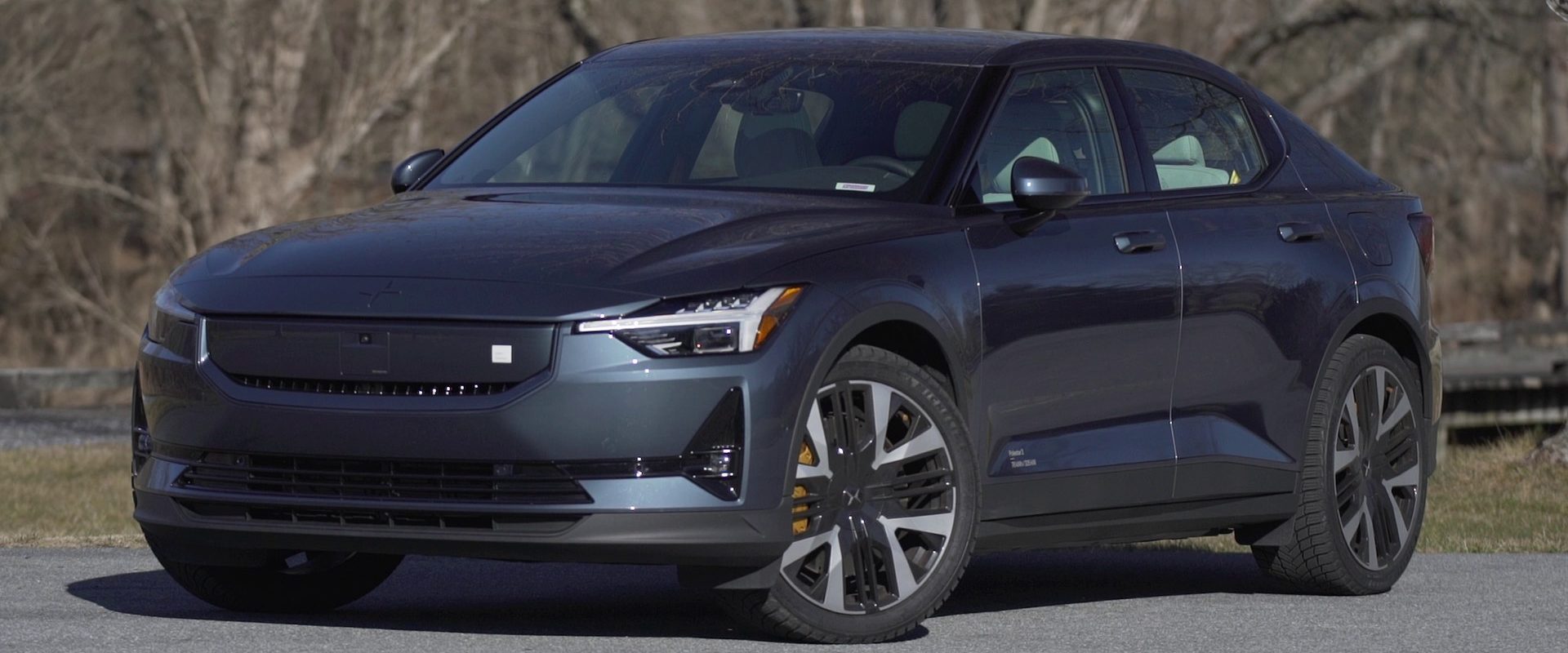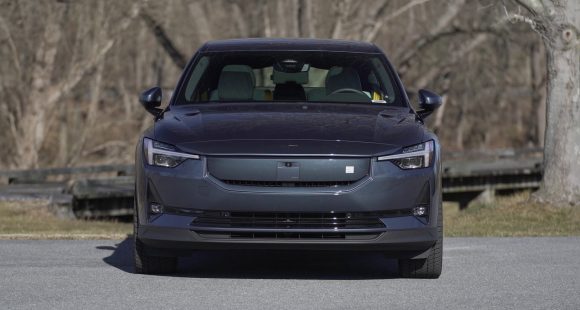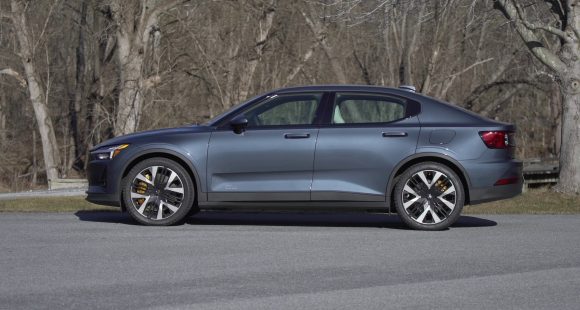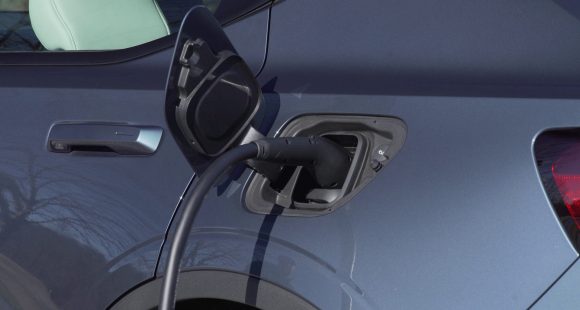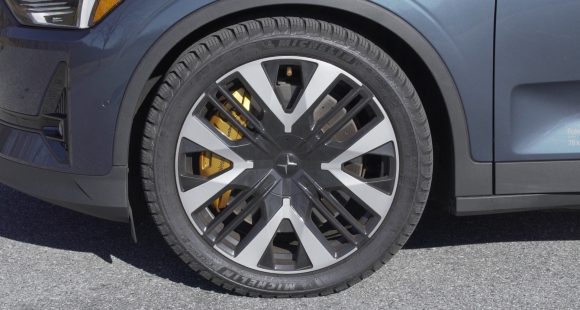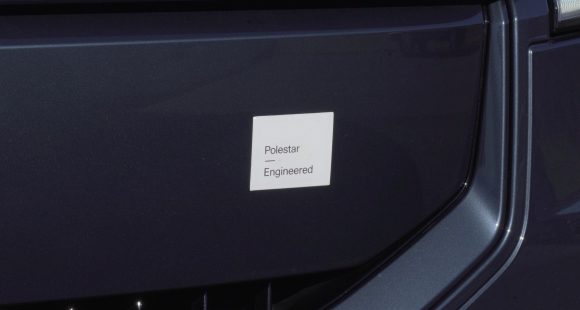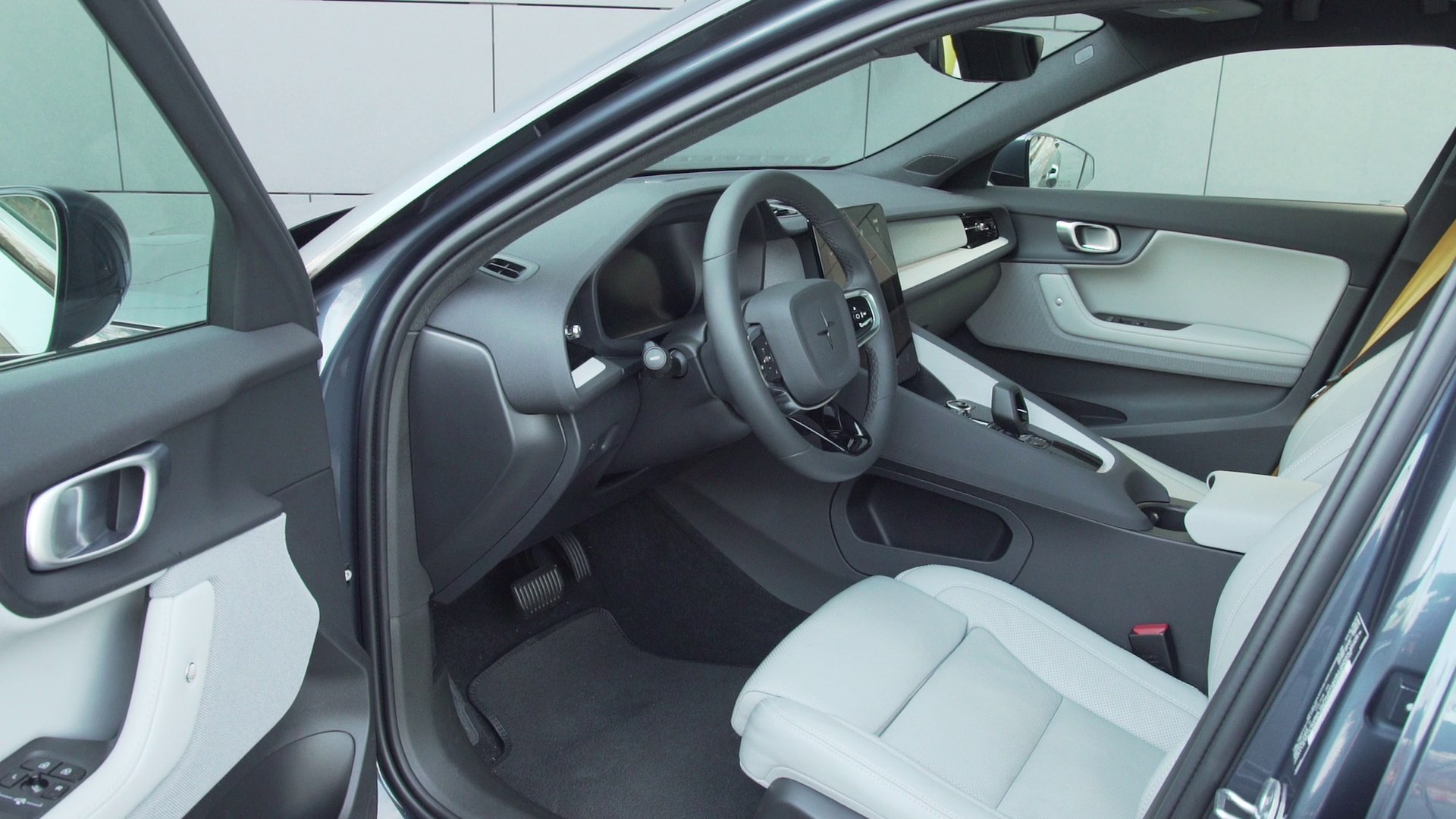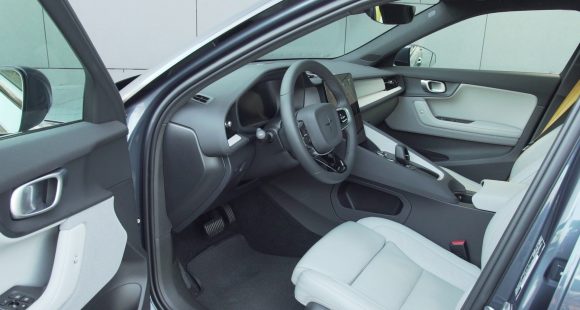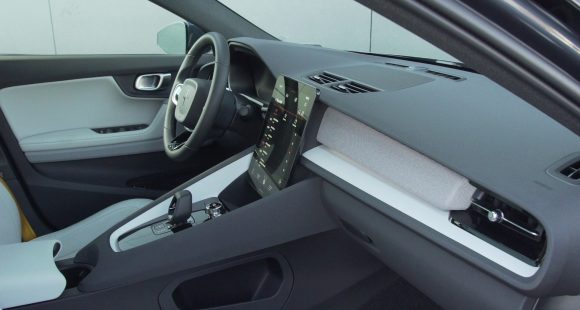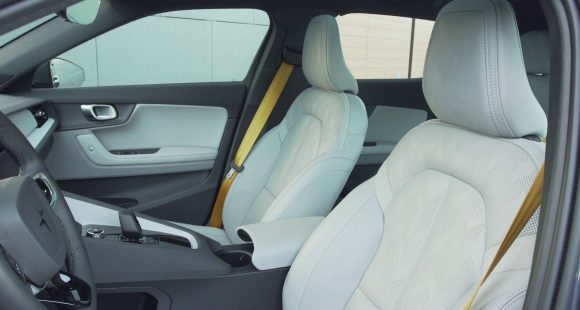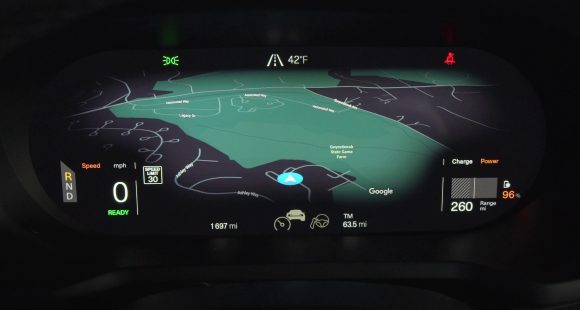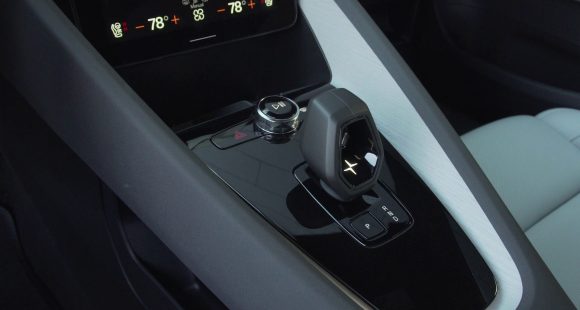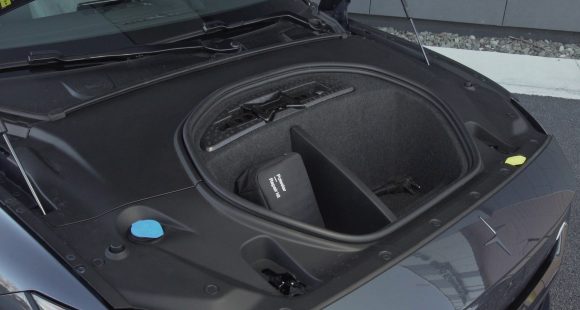2015 Subaru Outback
While station wagons have long been out of American favor nationwide, drive around New England and you’ll see lots of square-back, Subaru Outbacks. Now maybe it’s because of their standard all-wheel drive, or even that Subaru uses the word “utility” to describe it. All we know is that where Volvo wagons were once king, the Outback now reins. And, this all-new, 5th generation, 2015 Outback shows no sign of surrendering that crown.
While being the “World’s First Sport Utility Wagon” may have started as a marketing tag, there’s no denying that the Subaru Outback has come to embody the rugged, all-weather, all-road station wagon.
Visually, like the companion Legacy sedan, the new Outback is a little more vanilla and a little bit less “Subaru-unique”. Yet, you still know it’s a Subaru, and perhaps THE Subaru.
Familiar too is the way it drives, though there is a welcomed amount of steering and road feel added in, and a little bit more noise kept out. Some staffers found the suspension to be firmer than expected, though that clearly fit’s Subaru’s “rugged and livable” image.
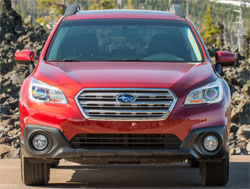 Many other detail changes focused on what owners asked for; like a better navigation system, moving the info center from the dash to the gauge panel, a real temperature gauge, more safety features, and softer materials. It’s mostly all for the good, though some of the useful info has become a little harder to read, and there’s now way too many controls on the steering wheel.
Many other detail changes focused on what owners asked for; like a better navigation system, moving the info center from the dash to the gauge panel, a real temperature gauge, more safety features, and softer materials. It’s mostly all for the good, though some of the useful info has become a little harder to read, and there’s now way too many controls on the steering wheel.
Seats however, have taken a step back. They are a little more supportive, but also harder. Plus, the optional perforated leather rubbed some of our staff the wrong way.
No one can deny the wealth of interior space for the money, both in seating, and in cargo room. The latter climbs to 35.5 cubic-ft. with the seat backs up, 73.3 cubic-ft. with them down. Roof rails with retractable cross bars are again standard, and a power lift gate is now available.
We’re not sure how many people pony up for the 256-horsepower 3.6-liter boxer-6 with 247 lb-ft. of torque, but it’s very smooth as is the CVT transmission attached to it. Base Outbacks find the CVT fitted to a slightly enhanced 2.5-liter boxer-4 with 175-horsepower.
Regardless of engine choice, this Outback does enhance its rugged ways as the standard all-wheel-drive system now includes X-Mode traction management, with hill descent control, and 8.7-inches of ground clearance. That makes it more capable than most crossover utilities.
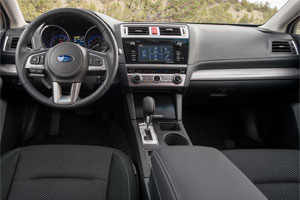 Despite that high ground clearance, there was very little roll through our slalom course. And while the Outback prefers a relaxed pace, there’s very little understeer and only minor computer intervention. New Active Torque Vectoring is standard, using selective braking to the inside front wheel to help the Outback pivot around corners.
Despite that high ground clearance, there was very little roll through our slalom course. And while the Outback prefers a relaxed pace, there’s very little understeer and only minor computer intervention. New Active Torque Vectoring is standard, using selective braking to the inside front wheel to help the Outback pivot around corners.
As for acceleration, despite sounding very aggressive and jumping off the line, power build is slow and steady; taking 7.5-seconds to hit 60. The full ¼-mile took us 15.8-seconds, crossing the line at 91 miles-per-hour.
Simulated shifts are added into the CVT transmission. Reaction is better but you still won’t be fooled into thinking it’s a real automatic. Panic braking produced lots of nose dive and an out-of-sorts rear end; as well as average stops from 60 of 133-feet.
Dimensionally, the new Outback has grown a little bit in all directions, but you’d be hard pressed to notice it. 3.6R Limited models get the highest level of content ever in an Outback; including HID headlights, dual stainless exhaust tips, 18-inch alloy wheels, turn signal mirrors, heated front and rear seats, and both wood and matte finish interior accents.
New safety features include a standard rear view camera, the latest version of Eye Sight, Subaru’s Rear Vehicle Detection System, and front seat cushion air bags. An electric parking brake is carryover. New is Hill Holder and Incline Start Assist.
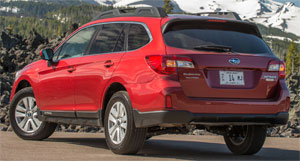 Government Fuel Economy Ratings are 20-City, 27-Highway, and 22-Combined which we matched perfectly on regular gas. But most buyers will give up some guts and go with the four-cylinder for a 25% economy gain and a combined rating of 28 MPG. That makes for a reasonable Energy Impact Score of 11.8 Barrels of Oil used and 5.2 Tons of CO2 emitted annually.
Government Fuel Economy Ratings are 20-City, 27-Highway, and 22-Combined which we matched perfectly on regular gas. But most buyers will give up some guts and go with the four-cylinder for a 25% economy gain and a combined rating of 28 MPG. That makes for a reasonable Energy Impact Score of 11.8 Barrels of Oil used and 5.2 Tons of CO2 emitted annually.
That 4-Cylinder 2.5i Outback starts at $25,745. Our 3.6R Limited goes for 8-grand more at $33,845.
We think the 2015 Subaru Outback has received the perfect amount of change. It has been upgraded, sure; but it’s still a unique vehicle with great appeal. It’s likely more practical than most crossovers, and definitely more efficient, performing equally well in daily commuting and weekend getaway duties. So yes, Americans are still buying wagons, and most of them are Subaru Outbacks.
Specifications
- Engine: 3.6-liter
- Horsepower: 256
- Torque: 247 lb-ft.
- 0-60 mph: 7.5 seconds
- 1/4 mile: 15.8 seconds @ 91 mph
- EPA: 20 mpg city/ 27 mpg highway
- Energy Impact: 11.8 barrels of oil/yr
- CO2 Emissions: 5.2 tons/yr
2024 Polestar 2
More Range And More Power For The Polestar 2
Volvo is well on their way to making the transition to an all-electric brand, but their sister-brand Polestar is already there. Now, we’ve spent lots of time in their all-wheel drive, five-door Polestar 2, having tested it in 2021, and a year later when a two-wheel drive version arrived. But, EV updates are coming quickly. So, let us be your guide for all that’s new with the Polestar 2.
While we are driving more EVs than ever, we’ve also been spending a lot of time recently circling back to ones we’ve previously tested. As in this new era of electrified vehicles, significant updates are arriving quickly, with R&D investments increasing and retrofitting them easier than ever. This is often done through software updates that can even be accomplished over the air. For 2024, the Polestar 2 has indeed gotten some software updates, but some physical ones as well.
Clearly aimed directly at Tesla’s Model 3 when it arrived; the Polestar 2’s build quality was vastly better, but range definitely came up short. So, addressing that was priority No. 1; and for ’24 the Polestar can travel up to 20% farther than before while consuming 9% less energy, and when it comes time to charge it back up, it can do that 34% faster too.
Range in the Single Motor version increases from a max of 270 to 320 miles thanks to a larger 82-kWh battery pack, and that solitary motor now powers the rear wheels, not the front wheels. It’s also bigger, coming in at 220 kW compared to the previous 170 kW front-wheel drive version, going from 231 to 299 horsepower.
Dual Motors keep the same 78-kWh battery, but still sees a boost from 260 to 276 miles and takes advantage of the larger rear motor for a new combined 310-kW output with 421 horsepower. Our test car has the added Performance Pack, which uses an additional 35 kW to deliver 455 horsepower and 546 lb-ft of torque, though max range drops to just 247 miles.
The new battery in rear-drive 2s will also charge faster, now accepting up to 205 kW for an 80% charge in 20 minutes; max for dual-motors stays at 155 kW, which puts an 80% charge at 34 minutes. Using 32 kWh of electricity per 100 miles, the Dual Motor earns a good efficiency rating.
The [Polestar] 2 has always been one of the most enjoyable EVs to drive, even more so now with that additional power coming from the rear motor.
Unfortunately, extremely cold temperatures kept us from seeing that increased range, as we were only on pace for about 194 miles in our test.
The 2 has always been one of the most enjoyable EVs to drive, even more so now with that additional power coming from the rear motor. And especially when equipped with the Performance Pack as it not only includes more power, but adds 20-inch forged wheels, upgraded brakes, and adjustable Ohlins Dual Flow Valve performance dampers. It greatly improves handling prowess without affecting ride quality, and is easily worth the $5,500 charge if you at all enjoy driving.
Even on a 20-degree track day there was plenty of grip through our handling course. No understeer or oversteer, and lots of feedback through the wheel. There was a nice, strong launch off the line that properly planted us firmly in the seat, and rocketed us to 60 in 4.5 seconds. Power delivery stayed pretty intense up until about 80 mph when there was a definite tapering off. Still, it was a 13.4-second quarter-mile at 102 mph; smooth, quiet, and stable the whole way.
When this car debuted, its Google-based infotainment setup was a novelty, but since then, more and more manufacturers are just “Googling it” so it doesn’t seem out of place at all. The wireless phone charger is easy to access, and there’s a great Harmon/Kardon sound system and panoramic sunroof to enhance the in-cabin experience. Exteriors have also been enhanced with a smooth grille insert and new wheel choices.
Hatchback practicality means 14.3 cu-ft of easy to access cargo space with split-folding seatbacks for longer items and expanding the space to 38.7 cu-ft. Plus, there’s even a sizeable storage bin up front under the hood.
Single Motor Polestar 2 pricing now starts at $51,300, with Dual Motors starting at $56,700; topping out at $64,400.
For a car manufacturer that hasn’t even been around for a decade yet, Polestar has kept itself busy, totally transforming their latest model in just a few years, making the 2024 Polestar 2 even more appealing. They are certainly off to a good start, and with a host of Polestars just over the horizon, including some all-important utility vehicles, this star will be shining even brighter.
Specifications
As Tested
- Motor Setup: Dual Motor
- Horsepower: 455
- 0-60 mph: 4.5 seconds
- EPA Range: 247 miles
- Efficiency : 32 kWh / 100 miles
- Battery Size: 78-kWh
- Torque: 546 lb-ft
- 1/4 Mile: 13.4 seconds at 102 mph
- MW Test Loop: ~ 194 miles
- Peak Charging Rate: 155 kW





